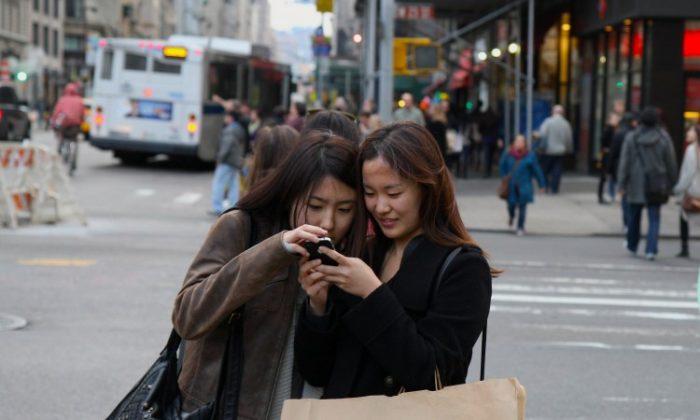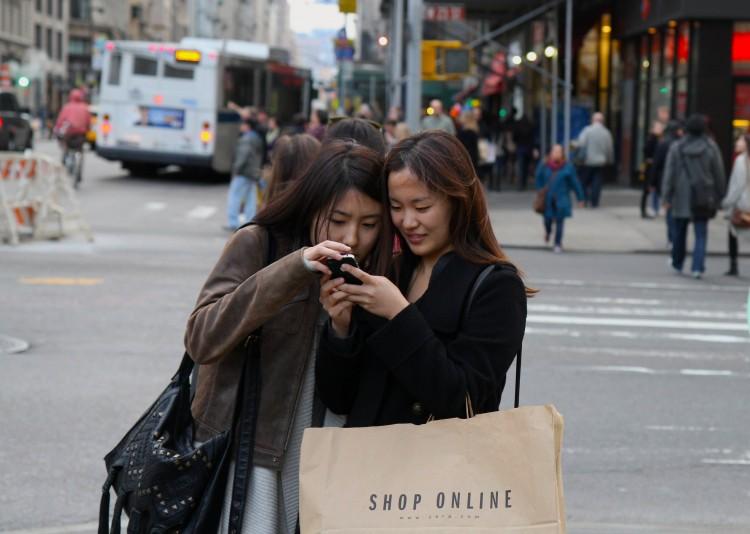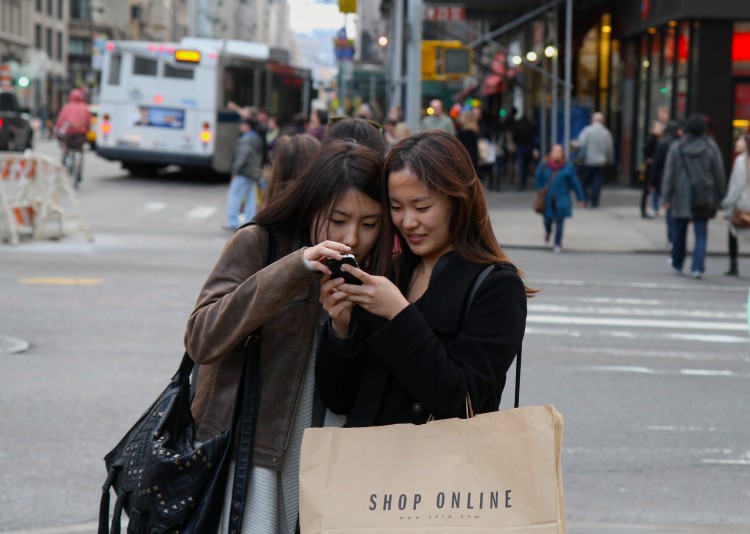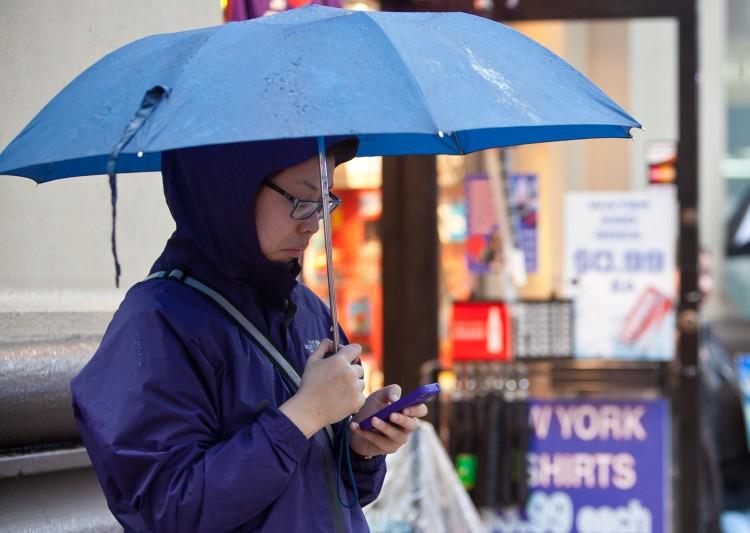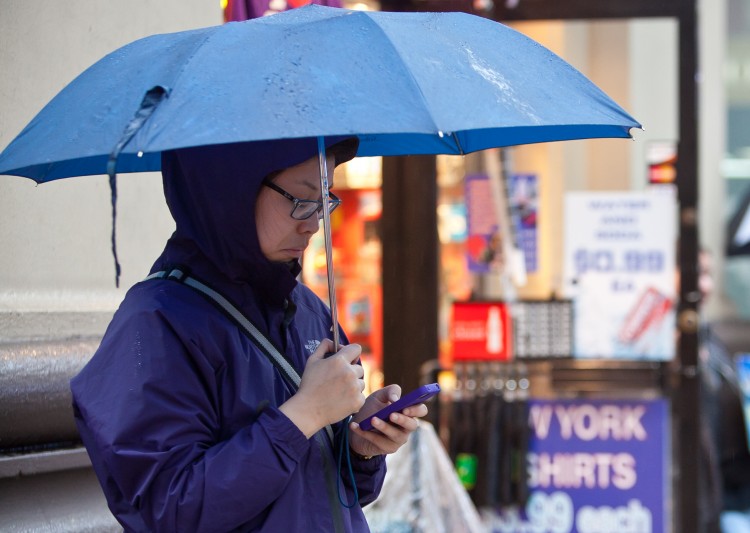NEW YORK—Smartphones may be shifting conventional walking patterns by encouraging people to move outside their comfort zones.
“Smartphones facilitate exploration,” said research scientist Andrew Mondschien. “They make it easier to explore, they make people more comfortable in their environments because they don’t feel like they’re going to be lost,” and decrease fear of crime, adding a sense of security.
“We know where we’re going, we know how to get there, we know if we get in trouble we can make a call; they’re very interesting devices and they’re changing the way we relate to cities,” said Mondschien, of New York University’s (NYU) Rudin Center for Transportation Policy and Management, a co-sponsor of a Nov. 16 event titled Concrete State of Mind: How Great Streets Can Make Us Happier and Healthier, at New York University’s Wagner Graduate School of Public Service.
“Maybe,” he added. “That’s my theory.”
His newest working paper, “Passeggiata Nuova: Social Travel in the Era of the Smartphone,” draws on observations of social patterns in Italy as well as data analysis from a Chicago-area travel study. Passeggiata is the tradition of residents taking evening strolls that evoke exchanged pleasantries, gossip, and news, says the paper’s abstract.
The impact of information technology, including smartphones, on people’s walking patterns is also displayed.
“Anecdotally, you can talk to anybody and they can give you a story about how they rely on their GPS or their cellphone now to tell them where to go,” said Mondschien. “The bad part is they’ve almost forgotten how to remember what’s inside their heads because they rely on the phones so much.”
Walking Patterns Show Middle Class Often Doesn’t Walk
Poor people walk a lot, and so do rich people, but the middle class often does not.
“It’s hard to afford to live in neighborhoods that have a good walking environment,” explains Mondschien. “People in the middle don’t have as much time. … If you’re in the middle your life is very much about holding a job and working regularly. There’s just less flexibility.”
Mondschien analyzed government data and publications for his report, “More Than Just Exercise: Walking in Today’s Cities.” He found people on the low-income end walk “because they have to” while people on the high end walk “because they want to.”
An early 2011 survey conducted for the National Association of Realtors found that those on either end of the socio-economic scale usually prefer smart-growth communities where walking is easier while those in the middle prefer sprawled out communities.
Benefits of Walking
Walking is more than just a way to get from point A to point B, a slide for Mondschien’s Nov. 16 presentation reads.
At the same time, walking is not easy in today’s cities, Mondschien said, adding that we need to think about how to allow all kinds of different people to walk.
Main Streets are Vital
Mindy Fullilove, of New York State Psychiatric Institute at Columbia University, said that meeting places she called crossroads are essential. “Crossroads are key because they are in the public space,” Fullilove said, saying that the Occupy Wall Street is a good example. “They permit people in passing to comment on problems and solutions.”
Fullilove’s present project is, Main Streets and Mental Health. She plans to visit 100 main streets, having already visited 50, including Asheville, N.C., and Orange, N.J. Downtown Asheville, once a bustling community, was “ruptured with a very wide road for cars.”
They “drained the vitality of Main Street by keeping people from going there,” said Fullilove, declaring that the city is now for tourists and missing crucial community elements.
It is essential for outlying communities to have access to the city centers, promoting racial and socio-economic equality, she said. “To solve the problems of neighborhoods, you have to treat the whole city.”
The event was co-sponsored by Transportation Alternatives, a transportation advocacy group, NYU Rudin Center for Transportation Policy and Management, NYU Urban Planning Student Association, and NYU Wagner Transportation Association, and moderated by Matt Seaton, editor for The Guardian.
